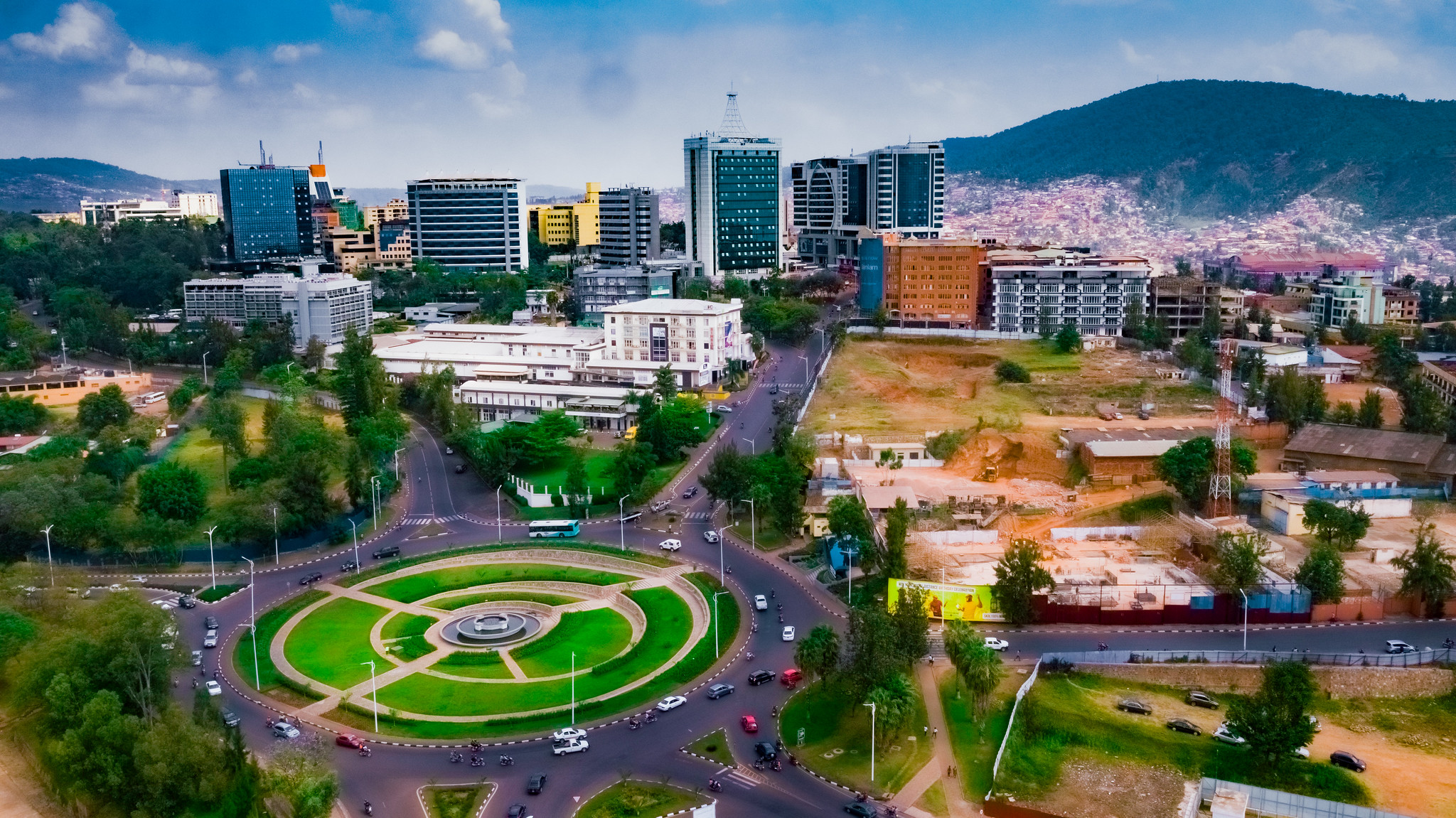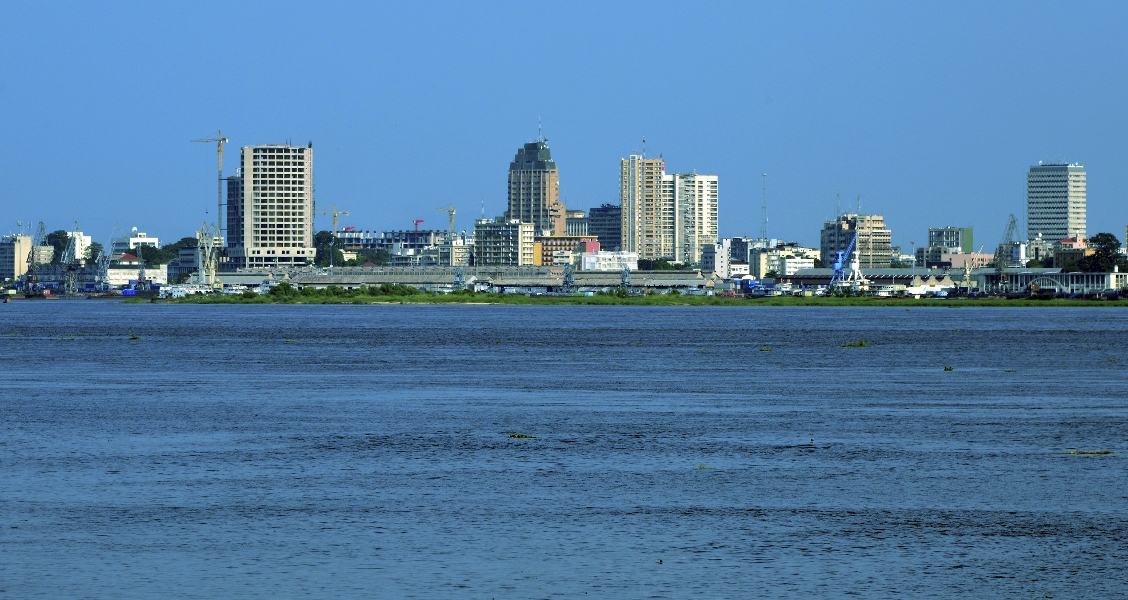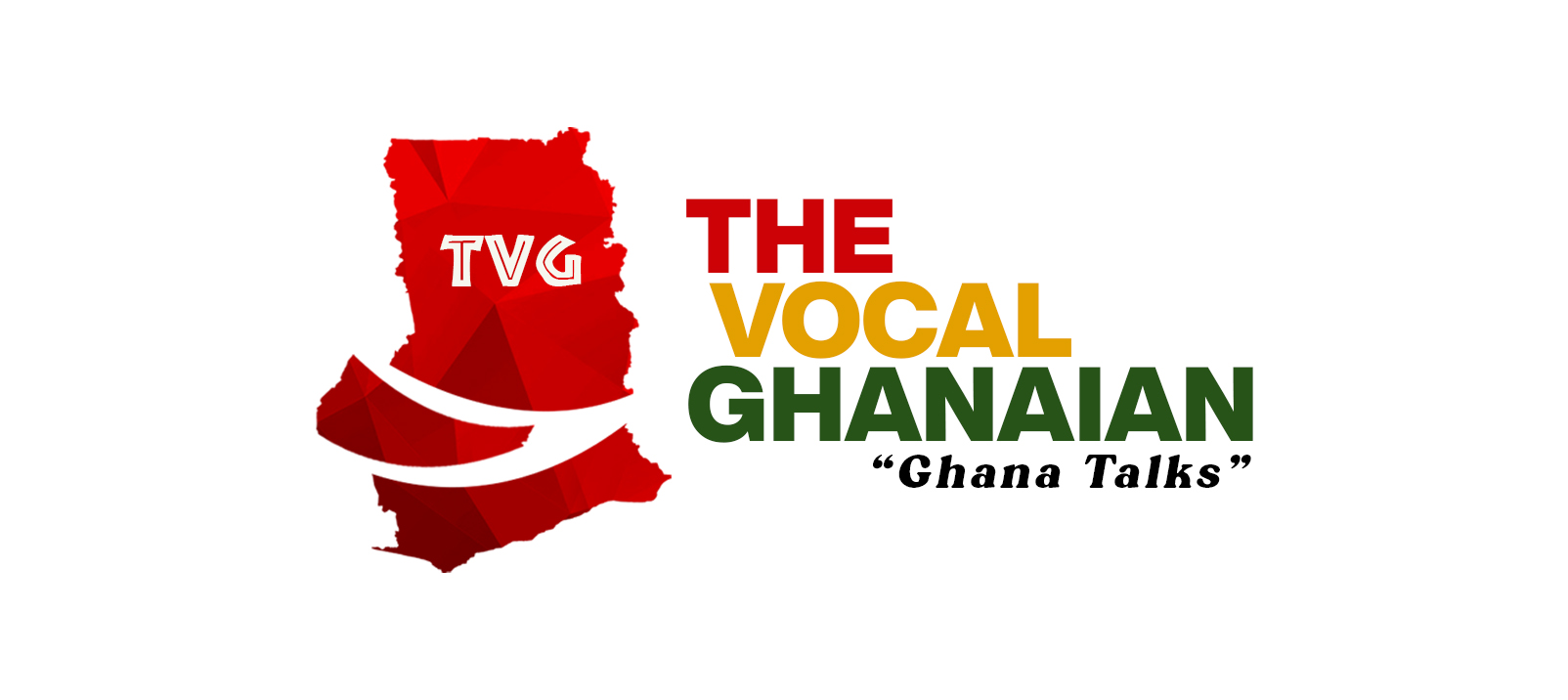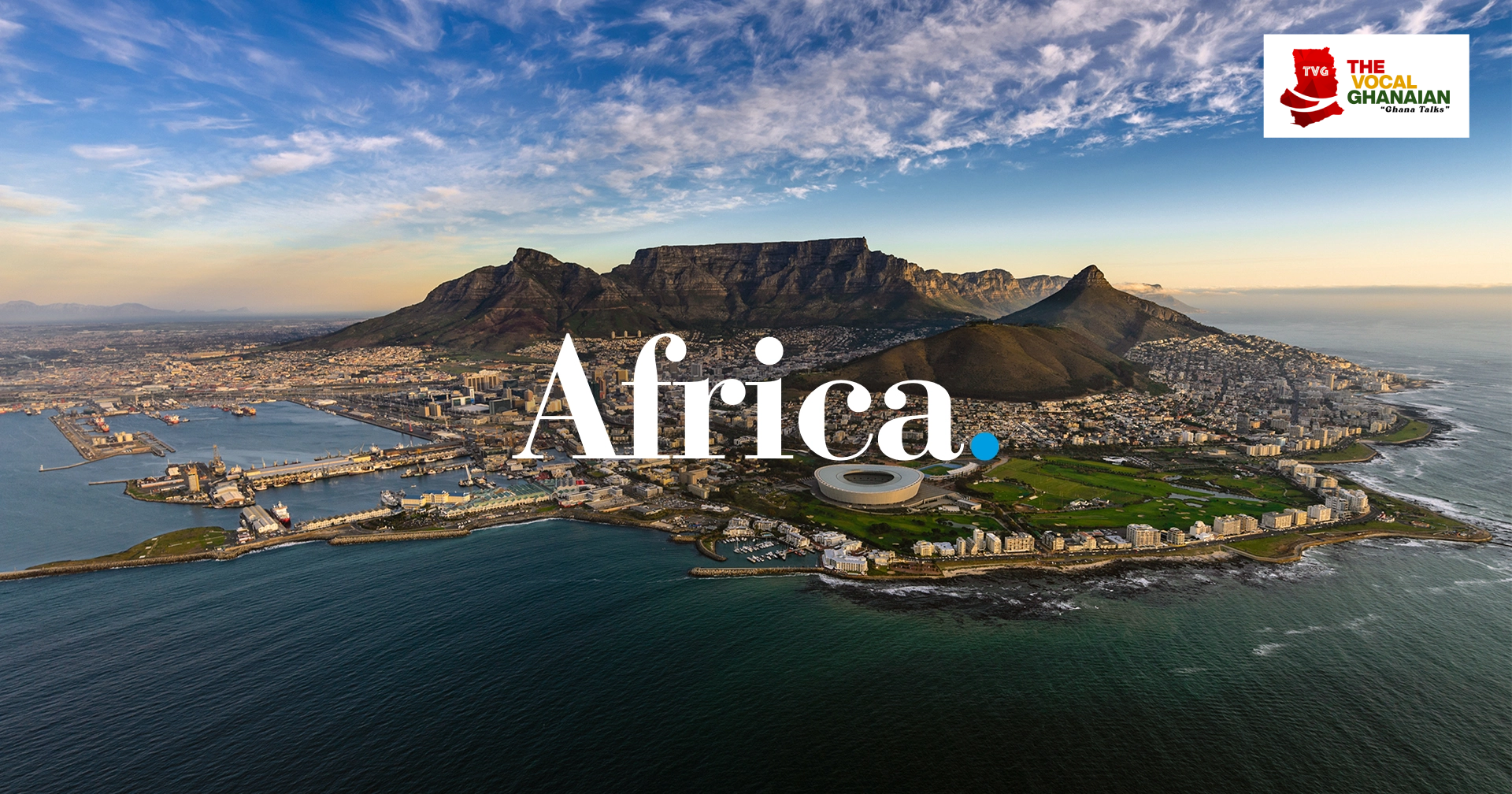Growth in Sub-Saharan Africa in 2022 was predicted to decline significantly by more than 1% to 3.6% as a result of a global slowdown, tighter financial conditions globally, and a steep increase in global inflation, which would affect a region already weary from a string of shocks.
The World Bank reports that in July, inflation rates exceeded 5% in 29 of the 33 nations in the region for which data were available, while they reached double digits in another 17.
While borrowing prices increased dramatically, the number of nations in debt crises remained almost unchanged. According to News24, the GDP in Ghana, which has asked the IMF for assistance due to inflation reaching 33.9% in August and the cedi weakening, is expected to decline to 3.5% this year from an estimate of 5.5% in April.
The World Bank also reduced its growth projections for South Africa and Nigeria from 2.1% and 3.3%, respectively, to 1.9% and 3.3%.
Senegal is expected to surpass Côte d’Ivoire as West Africa’s fastest-growing economy this year, growing at 4.8% before accelerating to 8% in 2023 and 10.5% in 2024. Côte d’Ivoire was predicted to grow at 5.7% this year. The prediction for Kenya, which has the largest economy in East Africa, remained at 5%. According to the IMF, these are the top 7 Sub-Saharan African economies with the fastest growth rates.
1. Senegal
According to the IMF’s World Economic Outlook, Senegal’s economy is anticipated to grow more than any other in sub-Saharan Africa in 2019. After generating its first gas from the Greater Tortue Ahmeyim well, supported by BP, in the third quarter of 2023, the developing oil and gas exporter’s output is expected to expand by 8.1% in 2023, compared to a projected 4.7% expansion in 2022.

2. Niger
The economy is expected to grow from 6.5% in 2022 to 7.2% in 2023, with agriculture leading the way and being backed by the new “3N” agricultural initiative, Les Nigériens nourrissent les Nigériens, ongoing public infrastructure investment, and greater FDI in the extractive industry.
Oil growth, which has been negative for the previous two years, is expected to reach 20.6% and 86.2% in 2022 and 2023, respectively.

3. Rwanda
The IMF predicts that Rwanda’s GDP would expand at 6.7 in 2023, an acceleration from 6.0 in 2022. It’s interesting to note that all of the EAC countries are predicted to grow faster than the Sub-Saharan African average of 3.6%, which dramatically decreased from the 4.7% recorded in 2021.
“We expect real GDP growth to accelerate in 2023. We expect high base effects and moderating global food and fuel prices will see headline inflation gradually decelerate to 8.9% by the end of 2023. This will likely improve consumer confidence, supporting household spending and business conditions. Moreover, we expect strong tourism growth as the hospitality sector’s ongoing development and a high Covid-19 vaccination rate (as of October 16, 69.5% of Rwandans had received at least one dose) encourages rising tourist arrivals”, Fitch Solutions.

4. Congo DRC
Despite the crisis between Russia and Ukraine, the economic forecast for the Democratic Republic of the Congo is positive, with GDP growth reaching 6.7% in 2022–2023 and being led by mining and the recovery of nonextractives.
Priority investments should continue to promote domestic demand, according to AfDB. The return of non-extractive activities, services, and industries is expected to be supported by improvements to the transportation and logistical infrastructure, boosting export and tax revenue. Additionally, it is anticipated that the 2023 elections will boost government spending and cause the budget deficit to narrow significantly, from 1.6% in 2022 to 1.5% in 2023.

5. Côte d’Ivoire
The economy of Côte d’Ivoire was one of the few in Sub-Saharan Africa to continue growing in 2020 despite the Covid-19 outbreak, and GDP growth surged to a projected 6% in 2021. (IMF).
The crisis between Russia and Ukraine may have a detrimental effect on the forecast for 2023. The Côte d’Ivoire 2030 Strategic Plan, the National Development Plan 2021–2025 (NDP), and a more stable sociopolitical environment are anticipated to provide the West African country with benefits. As a result, growth should go up to 6.7% in 2023, driven mostly by investment, consumption, and the sectors of agriculture, industry, construction, and transportation.


